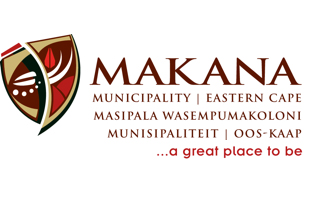The Observatory Museum
In 1859, Henry Carter Galpin bought a simple double-storey establishment in Bathurst Street for £300. During the next 23 years he made extensive changes. The front was elegantly decorated, and a basement and three floors added to the back. Rooftop developments included an observatory, from which the building took its name, and the only Camera Obscura in the Southern Hemisphere.
Born in 1820 in Dorset, England, Galpin trained as an architect, surveyor and civil engineer, as well as a chronometer, clock and watchmaker. These skills, together with his keen interest in optics and astronomy, are reflected throughout The Observatory- the most unusual Victorian home and business premises in South Africa.
Galpin’s thriving watchmaker and jeweller’s shop was run by three of his seven sons after his death in 1886. They sold to Messrs Leader and Krummeck in 1939. Several businesses occupied the ground floor while the basement and upper floors were divided into flats and lodgings.
By the end of the 1970’s the structure was dilapidated and unsound. The historic link with the identification of the Eureka diamond led to the purchase and restoration of the Observatory by De Beers Consolidated Mines Limited.
The building was subsequently proclaimed a National Monument and presented to the Albany Museum to form part of its History Division. Exhibits were arranged, and The Observatory Museum was opened by Mr. Harry F. Oppenheimer, the then Chairman of De Beers, on February 2, 1983.
Source: Wikipedia


 Follow
Follow